In advance of the 19 United Nations Climate Summit in New York City Sept 23, an international group of experts, including Stanford Earth system scientist Rob Jackson, has published a roadmap of the most viable solutions for slashing greenhouse gas emissions globally by 30 The 36 solutions – ranging from solar and wind to electric bikes, commercial shipping and Greenhouse gas emissions in the United States dropped last year after a sharp increase in 18, new data released Tuesday show The drop resumed a longterm downward trend driven chiefly by aGlobal greenhouse gas emissions are about 50 Gt per year (66t per person) and for 19 have been estimated at 57 Gt CO2 eq including 5 Gt due to land use change Carbon dioxide (CO 2), nitrous oxide (N 2 O), methane, three groups of fluorinated gases (sulfur hexafluoride (SF

U S Carbon Emissions Decline 2 As Natgas Use Expands Says Iea Natural Gas Intelligence
Us greenhouse gas emissions by year
Us greenhouse gas emissions by year- WASHINGTON () — Today, the US Environmental Protection Agency (EPA) released its 28th annual Inventory of US Greenhouse Gas Emissions and Sinks (GHG Inventory), which presents a nationallevel overview of annual greenhouse gas emissions from 1990 to 19 Net US greenhouse gas emissions were 5,769 million metric tons of carbon dioxideIndustry (21% of 10 global greenhouse gas emissions) Greenhouse gas emissions from industry primarily involve fossil fuels burned on site at facilities for energy
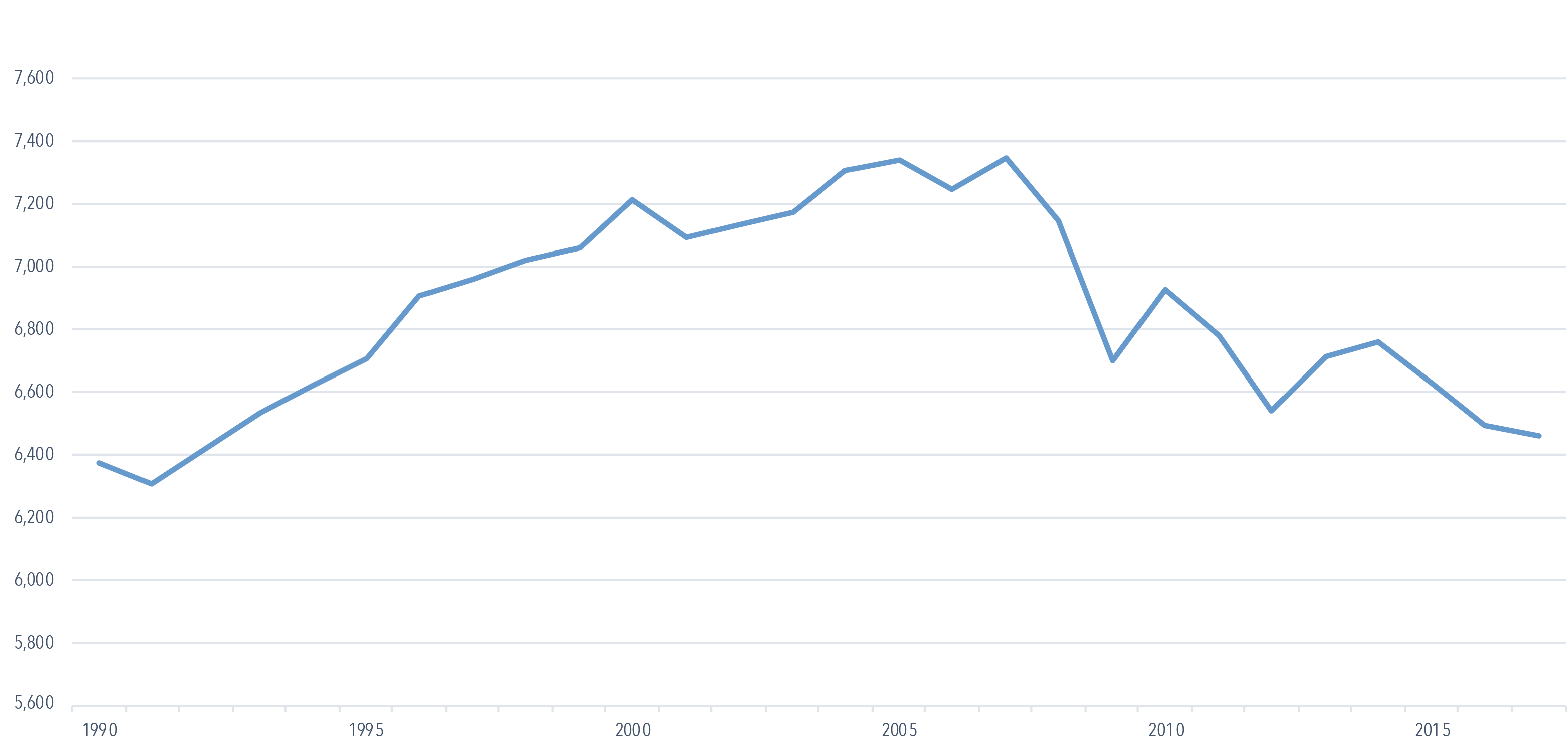



Us Pledges To Slash Greenhouse Emissions Coffs Coast Outlook
The emissions correspond to 22% of the emissions of year 07 and 40% of the emissions of year 00 The huge drop in compared to 19 is largely due to the COVID19 pandemic and the generalized move to a remote working model SAP Greenhouse Gas Emissions – compared to 19 The emissions can be broken down per major area In 19Greenhouse Gas (GHG) Reduction As outlined in Executive Order (EO) , Planning for Federal Sustainability in the Next Decade, the goal of reducing greenhouse gas emissions is to minimize the contributions to the greenhouse effect which contributes to global warming and subsequent adverse environmental and human healthGHG reduction is managed by the followingThis is a list of US states and territories by carbon dioxide emissions due to human activity The data presented below are energyrelated greenhouse emissions (CO 2 equivalent) only, published by the US Energy Information Administration (17 data) These data do not include emissions from other activity such as agriculture, industrial processes, or waste management
Greenhouse gas emissions in the United States dropped by an estimated 103% over the course of compared to the previous year, according to an analysis by the research firm Rhodium Group The decline was driven by COVID19related economic disruptionsYear Total greenhouse gas emissions (megatonnes of carbon dioxide equivalent) 1990 602 1991 596 1992 614 1993 617 1994 638 1995 656 1996 679 1997 691 1998 697 1999 710 00 734 01 723 02 727 03 745 04 746 05 739 06 730 07 752 08 736 09 694 10 703 11 714 12 717 13 725 14 723 15 723 16 70710 hours ago Exclusive Investor group to pressure utilities on net zero emissions deadline NEW YORK (Reuters) – A coalition of investors with more than
The Rhodium Group on Tuesday reported that US energyrelated greenhouse gas emissions rose in 18 by 34 percent, the secondlargest margin in years, reversing a During that period, national emissions decreased by almost 2% Because of differences in how the national and state data sets are calculated, the total for all states is not the same as the total for the United States This year, an adjustment factor was introduced to match the total for the United States US Greenhouse Gas Emissions Allocated to Economic Sectors (Tg CO 2 Eq) Source Inventory of US Greenhouse Gas Emissions and Sinks , April 08 As one can calculate from the above table, transportation sector emissions have grown at an average rate of about percent annually since 1990, having grown considerably faster than




U S Energy Related Co2 Emissions Fell 1 7 In 16 Today In Energy U S Energy Information Administration Eia
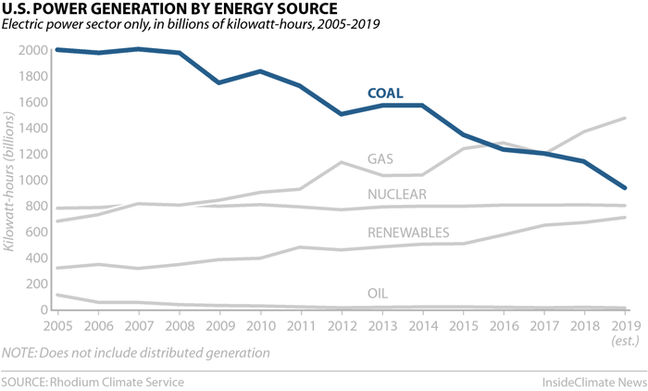



These 6 Charts Explain The Story Of U S Carbon Emissions Right Now Kqed
"A carbon footprint is the total greenhouse gas (GHG) emissions caused directly and indirectly by an individual, organization, event or product" 1 It is calculated by summing the emissions resulting from every stage of a product or service's lifetime (material production, manufacturing, use, and endoflife) Throughout a product's lifetime, or lifecycle, different GHGs may be emitted1 day ago Though Harvard's campus emptied out due to Covid19 last year, the University's campus greenhouse gas emissions remained stagnant for a fifth straight year, according to preliminary data released Friday as part of the University's sustainability report Harvard has pledged to become fossil fuelneutral by 26 and fossil fuelfree by 50 On 5 August 21, the United States (US) Environmental Protection Agency (EPA) released a proposal to revise the current greenhouse gas emissions (GHGs) standards for model year (MY) 2326 light vehicles, meant to replace the Safer Affordable FuelEfficient (SAFE) Vehicles Rule currently in place, supporting the Biden Administration's ambitious climate plans



Surprise Side Effect Of Shale Gas Boom A Plunge In U S Greenhouse Gas Emissions




U S Greenhouse Gas Emissions Systems Based View Including Emissions Download Scientific Diagram
This is a list of countries by total greenhouse gas (GHG) annual emissions in 16 It is based on data for carbon dioxide, methane (CH 4), nitrous oxide (N 2 O), perfluorocarbons (PFCs), sulfur hexafluoride (SF6) and hydrofluorocarbons (HFCs) emissions compiled by the World Resources Institute (WRI) The table below separately provides emissions data calculated on the basis ofOil and natural gas production 35 76 Natural gas gathering 23 26 Natural gas transmission and storage 14 18 According to NOAA's 19 Annual Greenhouse Gas Index (right axis), the combined heating influence of all major greenhouse gases has increased by 45% relative to 1990 Graph by NOAA Climategov based on data from NOAA ESRL According to the 19 AGGI report, the combined heating influence of the longlived, humanproduced greenhouse gases is 314 Watts
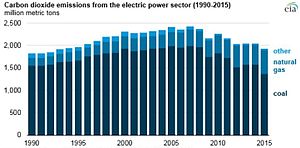



Greenhouse Gas Emissions By The United States Wikipedia
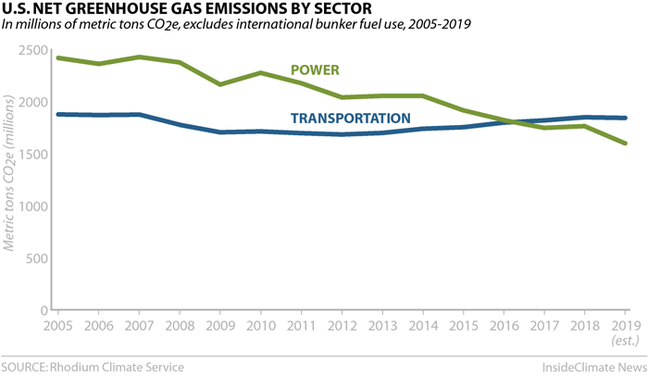



These 6 Charts Explain The Story Of U S Carbon Emissions Right Now Kqed
1 day ago AddThis Though Harvard's campus emptied out due to Covid19 last year, the University's campus greenhouse gas emissions remained stagnant for a fifth straight year, according to preliminary Total residential and commercial greenhouse gas emissions, including direct and indirect emissions, in 19 have increased by 3 percent since 1990 Greenhouse gas emissions from onsite direct emissions in homes and businesses have increased by 8 percent since 1990 California's greenhouse gas emissions rose slightly in 18, a worrying sign for a state committed to ambitiously slashing climatewarming emissions in the coming decades Emissions rose from
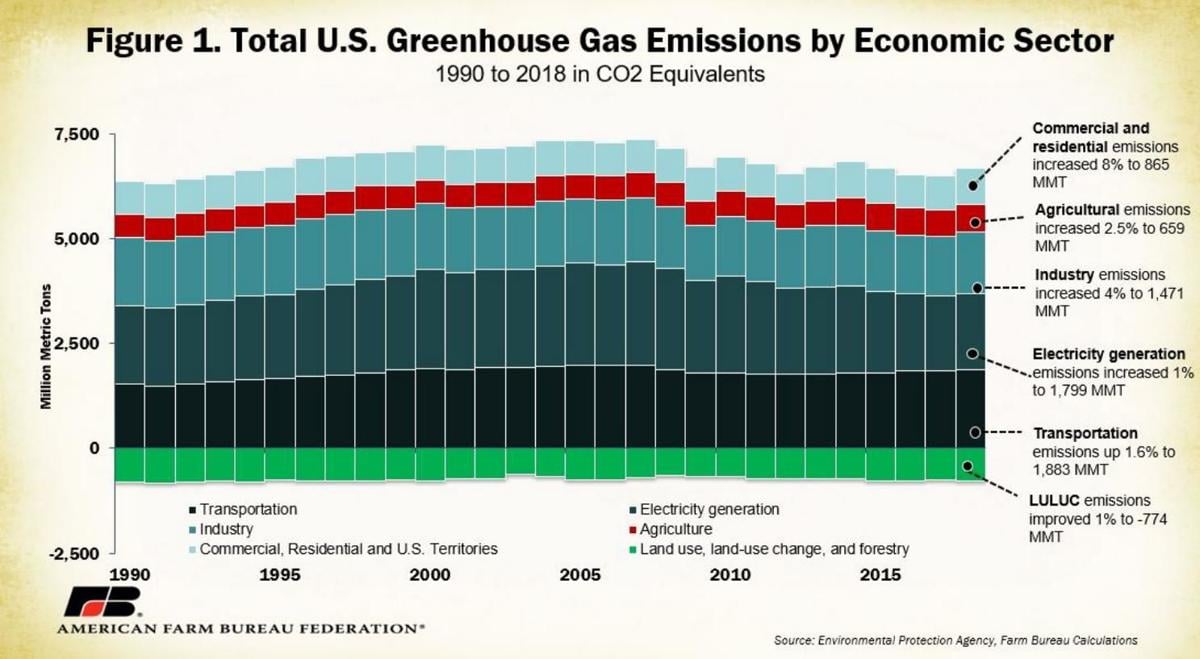



Total U S Greenhouse Gas Emissions By Economic Sector Agupdate Com




Three Times Greater Reductions In U S Greenhouse Gas Emissions Than Previously Reported
In 1900, more than 90% of emissions were produced in Europe or the US; China's greenhouse gas emissions in 19 exceeded those of the US and the developed world combined, according to a report published Thursday by research and consulting firm Rhodium Group United States Environmental Protection Agency Search Search You can visit other EPA pages to learn more about EPA's national inventory and how it relates to EPA's Greenhouse Gas Reporting Program Emissions subtotal is the sum of each category that has a positive net flux of MMT CO2 equivalent (this includes both subcategory emissions



1




Seedquest Central Information Website For The Global Seed Industry
In 19, US greenhouse gas emissions totaled 6,558 million metric tons (145 trillion pounds) of carbon dioxide equivalents This total represents a 2 percent increase since 1990 but a 12 percent decrease since 05 (see Figure 1) For the United States, during the period from 1990 to 19 (see Figure 1) On , the US EPA released greenhouse gas (GHG) data for , showing decreasing GHG emissions, largely due to power In 19, US greenhouse gas emissions totaled 6,558 million metric tons of carbon dioxide equivalents, or 5,769 million metric tons of carbon dioxide equivalents after accounting for sequestration from the land sector Emissions decreased from 18 to 19 by 17 percent (after accounting for sequestration from the land sector)




Inventory Of U S Greenhouse Gas Emissions And Sinks Us Epa



What Are Greenhouse Gas Emissions How Much Does The Us Emit Cleantechnica
The United States produced 66 billion metric tons of carbon dioxide equivalent greenhouse gas (GHG) emissions in 19, the second largest in the world after greenhouse gas emissions by China and among the countries with the highest greenhouse gas emissions per personIn 19 China is estimated to have emitted 27% of world GhG, followed by the United States with 11%, Environment We discovered that for the years 17 and 18, the state energyrelated carbon dioxide (CO2) emissions data series omitted distillate fuel inputs to the electric power sector This had very little effect on total emissions in most states However, in states such as Hawaii, the impact was relatively large given the percentage of Greenhouse gases generated by the US economy will slide 92 percent this year, tumbling to the lowest level in at least three decades, a new BloombergNEF study says




U S Energy Related Co2 Emissions Fell Slightly In 17 Today In Energy U S Energy Information Administration Eia




A 1 Year Emissions Spike Doesn T Reverse A Decade Of Declines
Energy‐related CO2 emissions in the United States decreased by 28% (150 million metric tons MMmt) from 5,281 MMmt in 18 to 5,130 MMmt in 19 (Figure 2) The overall carbon intensity (CO2/GDP) 3 of the US economy declined 49% in 19 US emissions of greenhouse gases, based on global warming potential, 2 US greenhouse gas intensity and related factors, 3 Distribution of total US greenhouse gas emissions by enduse sector, 09 4 World energyrelated carbon dioxide emissions by region, 5 Greenhouse gases and 100year net globalHuman emissions of carbon dioxide and other greenhouse gases – are a primary driver of climate change – and present one of the world's most pressing challenges 1 This link between global temperatures and greenhouse gas concentrations – especially CO 2 – has been true throughout Earth's history 2 To set the scene, let's look at how the planet has warmed




Climate Showdown Has The Us Uk Or Germany Done More To Cut Emissions Carbon Brief




U S Energy Related Co2 Emissions Increased In 18 But Will Likely Fall In 19 And Today In Energy U S Energy Information Administration Eia
This chart shows the change in global greenhouse gas emissions over time Greenhouse gases are measured in 'carbon dioxideequivalents' (CO 2 e) Today, we collectively emit around 50 billion tonnes of CO 2 e each year This is more than 40% higher than emissions in 1990, which were around 35 billion tonnes About half of US energyrelated CO 2 emissions were from petroleum use in In , petroleum accounted for about a third of US energy consumption but petroleum was the source of 45% of total annual US energyrelated CO 2 emissions Natural gas also provided about a third of US energy and accounted for 36% of total annual CO 2 emissions Under the Paris Agreement in 15, Obama committed the US to reduce greenhouse gas emissions 2628% by 25, from 05 levels In 19, emissions were 12% down on 05 levels "If we're going to meet the goals of the Paris Agreement, the United States needs to be doing a lot more than it has been doing," Kennedy said




U S Ghg Emissions At Lowest Level In Years Climate Central




U S Greenhouse Gas Emissions 1990 19 Statista
As a result, greenhouse gas emissions from transportation plunged by 147% last year, compared to 19 was meant to be the yearEven by 1950, they accounted for more than 85% of emissions each year But in recent decades this has changed significantly In the second half of the th century we see a significant rise in emissions in the rest of the world, particularly across Asia, and most notably, China Calling it a "moral imperative," President Biden on Thursday pledged the US would cut greenhouse gas emissions by 52 percent by the year 35 The president, speaking at a White House virtual




A Year Low In U S Carbon Emissions The New York Times



Howarth Lab Fossil Fuel Emissions
US greenhouse gas emissions fell by 92 percent last year amid the economic slowdown caused by the coronavirus pandemic, according to a report released Thursday The emissions reduction puts the The target is consistent with the President's goal of achieving netzero greenhouse gas emissions by no later than 50 and of limiting global warming to 15 degrees Celsius, as the science demandsDoes the United States emit every year Upvote6Downvote0ShareAnswer itIn 14, US greenhouse gas emissions totaled 6,870 million metric tons 151 trillion pounds carbon dioxide equivalents This total represents percent increase since 1990 but percent



1




U S Emissions Dropped In 19 Here S Why In 6 Charts Inside Climate News
Carbon dioxide accounted for the largest percentage of greenhouse gases (80%), followed by methane (10%), nitrous oxide (7%), and other greenhouse gases (3%) Total US emissions for 19 totaled 6,558 million metric tons of CO2e and net emissions, taking sinks into account, totaled 5,769 million metric tons CO2eThe most recent Massachusetts Greenhouse Gas (GHG) Inventory shows that GHG emissions in 17 were 224% below the 1990 baseline level, on track to meet the 25% reduction by required by the Global Warming Solutions Act (GWSA) Massachusetts' success in reducing GHG emission comes despite a 14% growth in population and 24% growth in vehicle miles traveled11 hours ago The Institutional Investors Group on Climate Change (IIGCC) in London, part of the Climate Action 100 initiative, told Reuters on Tuesday that




U S Military Emits More Co2 Than Most Countries Grist



United States Co2 Country Profile Our World In Data
Electricity and Heat Production (25% of 10 global greenhouse gas emissions) The burning of coal, natural gas, and oil for electricity and heat is the largest single source of global greenhouse gas emissions;15 methane emissions from oil and natural gas supply chain in the United States (Tg per year) Supply Chain Segment EPA Inventory of US Greenhouse Gas Emissions and Sinks 1990–15 report Alvarez et al 18; In 18, direct greenhouse gas emissions from homes and businesses accounted for 123 percent of total US greenhouse gas emissions Greenhouse gas emissions from homes and businesses vary from year to year often correlated with seasonal fluctuations in energy use caused primarily by weather conditions




Climate Change Indicators U S Greenhouse Gas Emissions Us Epa




U S Greenhouse Gas Emissions Rising Again Defying Trump S Boasts
Explore government data on greenhouse gas emissions year over year Download the data or use our visualizations to better understand how these numbers have changed over time




Chart Of The Day Total Us Carbon Emissions 1990 18 Streets Mn




No Progress Made To Reduce U S Greenhouse Gas Emissions Ecori News
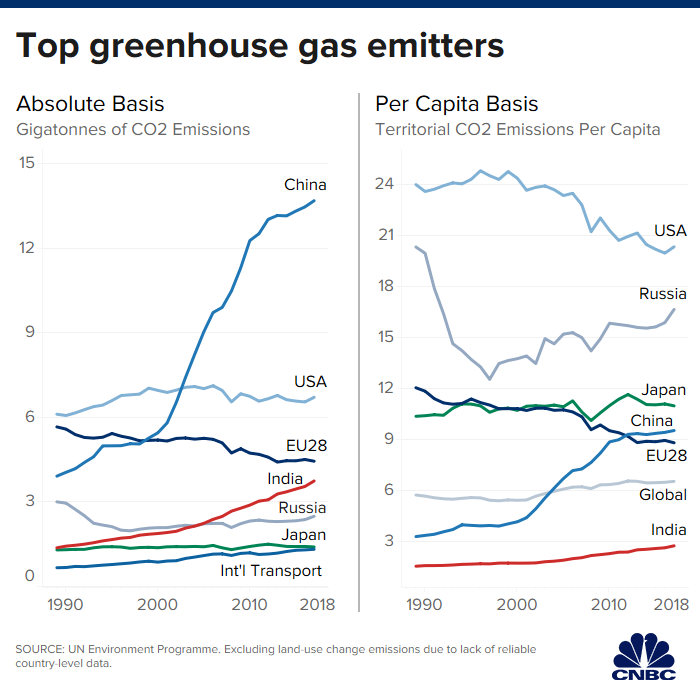



Us Leads Greenhouse Gas Emissions On A Per Capita Basis Report Finds Governors Wind Energy Coalition
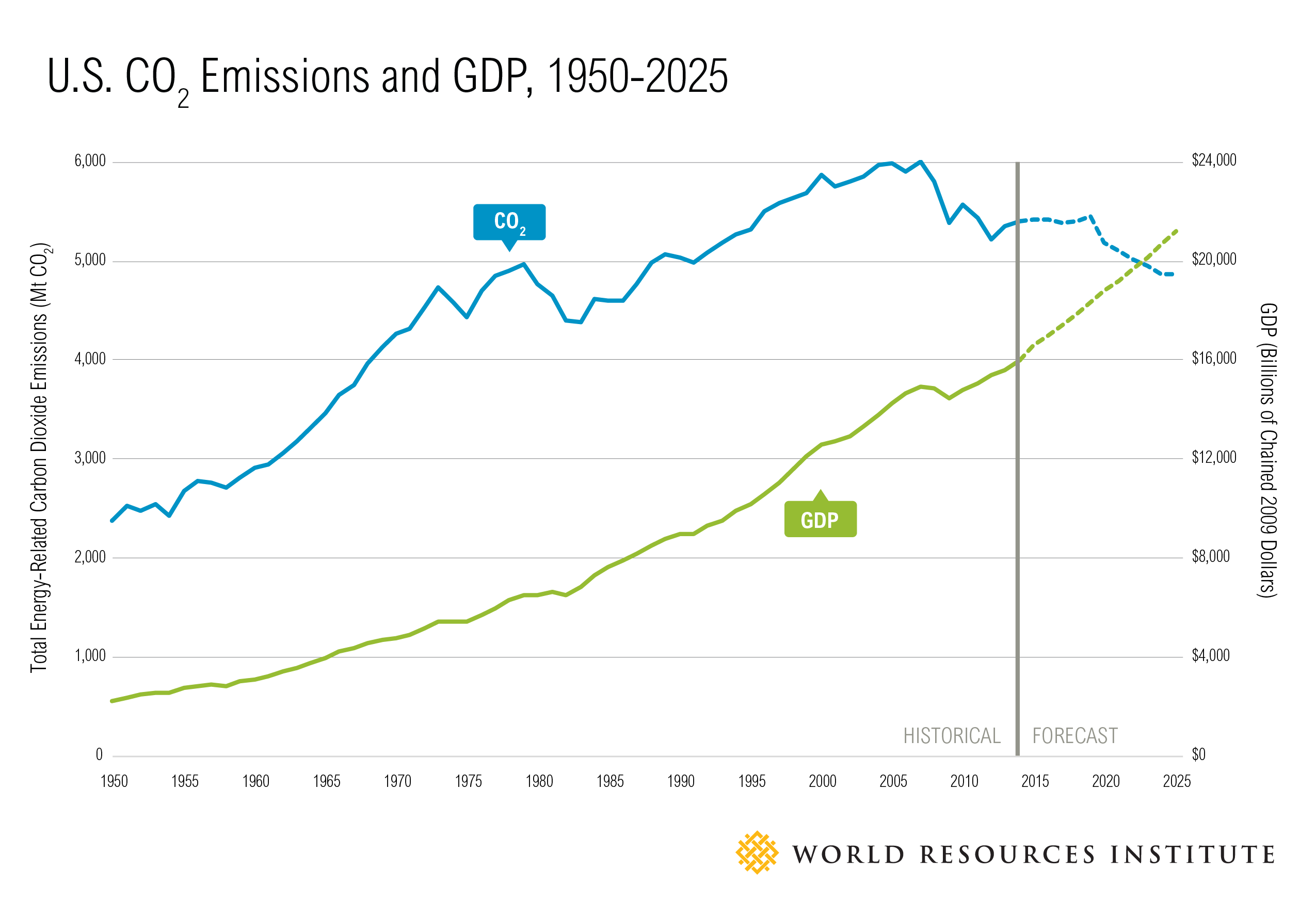



21 Countries Are Reducing Carbon Emissions While Growing Gdp Ecosystem Marketplace
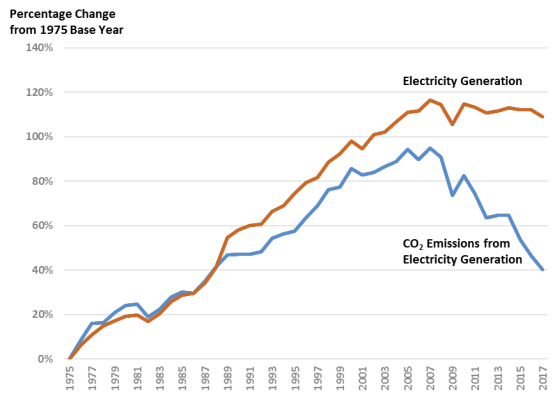



U S Carbon Dioxide Emissions In The Electricity Sector Factors Trends And Projections Everycrsreport Com




Scale Distribution And Variations Of Global Greenhouse Gas Emissions Driven By U S Households Sciencedirect



U S Greenhouse Gas Emissions Climate Change Indicators
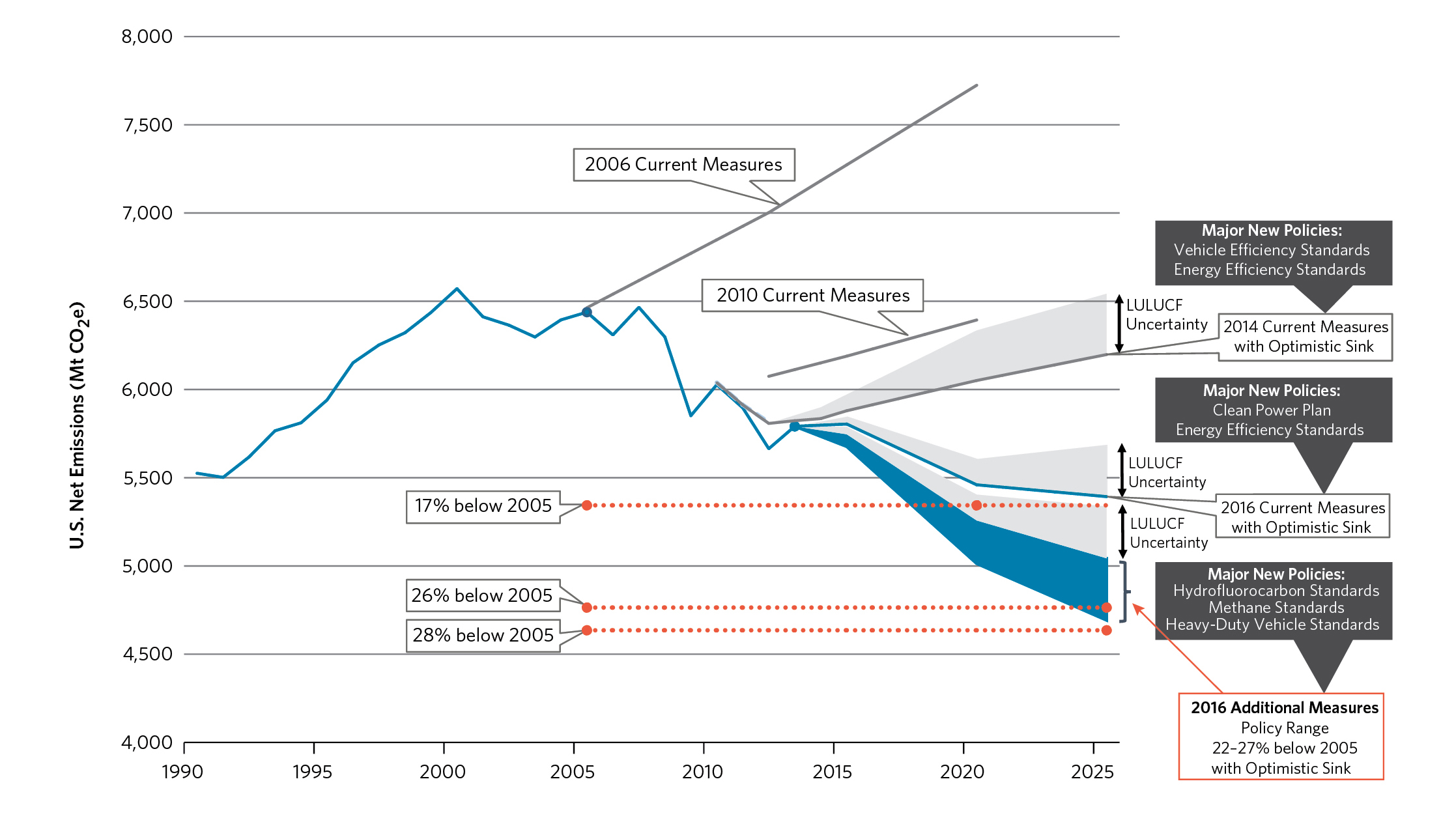



How Carbon Finance Can Save Forests Farms And Fields



Greenhouse Gas Emissions Wikipedia




The U S Has A New Climate Goal How Does It Stack Up Globally The New York Times



Global Warming




Us Pledges To Slash Greenhouse Emissions Coffs Coast Outlook
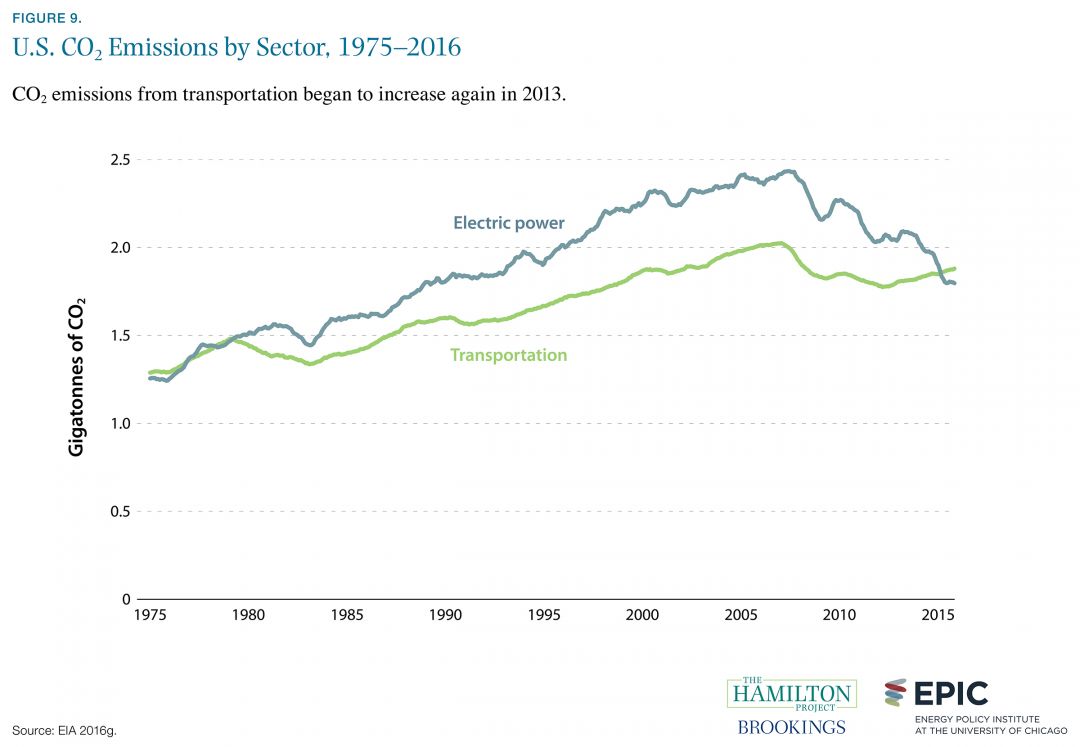



U S Carbon Dioxide Emissions By Sector 1975 16 The Hamilton Project



Data Highlights 41 U S Carbon Dioxide Emissions Down 11 Percent Since 07 Epi




Biden Sets Ambitious Goal For Reduction In Greenhouse Gas Emissions By 30 Recommits Us To Battling Climate Change Morgan Lewis Jdsupra
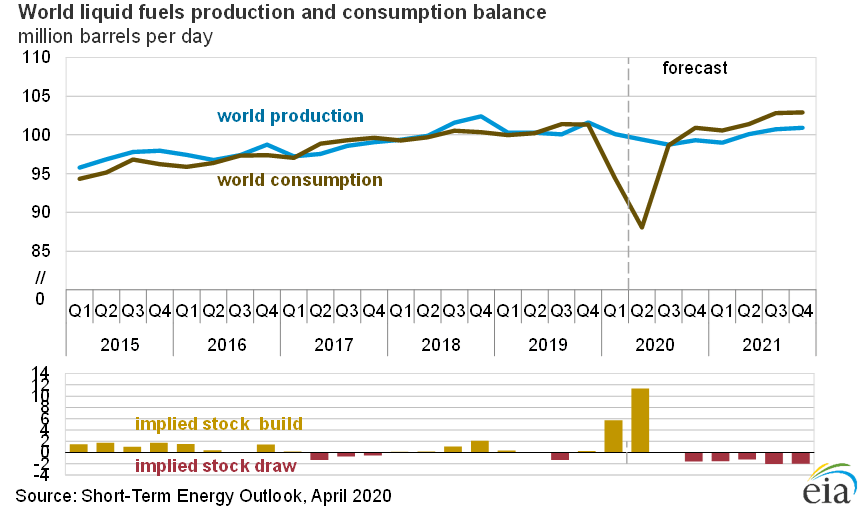



Forecast U S Greenhouse Gas Emissions To Fall 7 5 Percent In Mpr News




Trucking And The Environment Truckingresearch Org




Energies Free Full Text U S Greenhouse Gas Emission Bottlenecks Prioritization Of Targets For Climate Liability




Sources Of Greenhouse Gas Emissions Greenhouse Gas Ghg Emissions Us Epa




Us Greenhouse Gas Emission Trends Global Warming Greenhouse Gas Emissions Climate Change




Us Greenhouse Gas Emissions Reach 30 Year Low During Covid 19 World Economic Forum
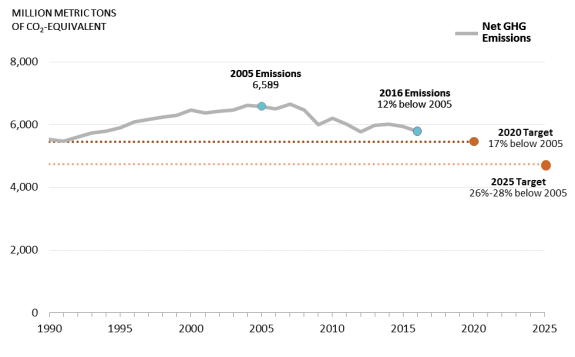



U S Carbon Dioxide Emissions In The Electricity Sector Factors Trends And Projections Everycrsreport Com




Us Emissions Rise The Least Since Second World War During Pandemic Financial Times




Inventory Of U S Greenhouse Gas Emissions For 09 U S Epa 11 Download Scientific Diagram




Can The U S Meet Its Climate Change Goal World Resources Institute




U S Greenhouse Gas Emissions Spiked In 18 And It Couldn T Happen At A Worse Time The Washington Post




Forecast U S Greenhouse Gas Emissions To Fall 7 5 Percent In Mpr News
/media/img/posts/2019/01/Screen_Shot_2019_01_08_at_1.32.34_AM/original.png)



U S Carbon Pollution Surged In 18 The Atlantic




U S Carbon Emissions Decline 2 As Natgas Use Expands Says Iea Natural Gas Intelligence




Final Us Emissions Numbers For 17 Rhodium Group




U S Greenhouse Gas Emissions Spiked 2 Percent In 13 Climate Central




Ryan Sitton Did You Know Us Greenhouse Gas Emissions Have Actually Declined Over The Past Few Years We Ve Achieved This Through Innovation Not Job Killing Mandates Like The Greennewdeal Find Out More
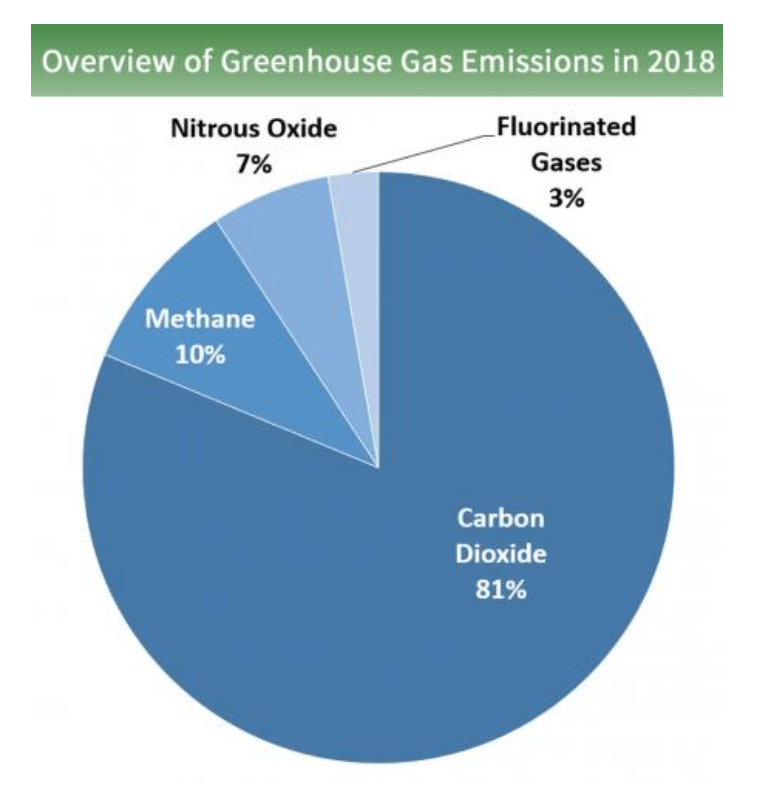



Epa Greenhouse Gas Emissions Sunk Over The Last Decade Ngt News
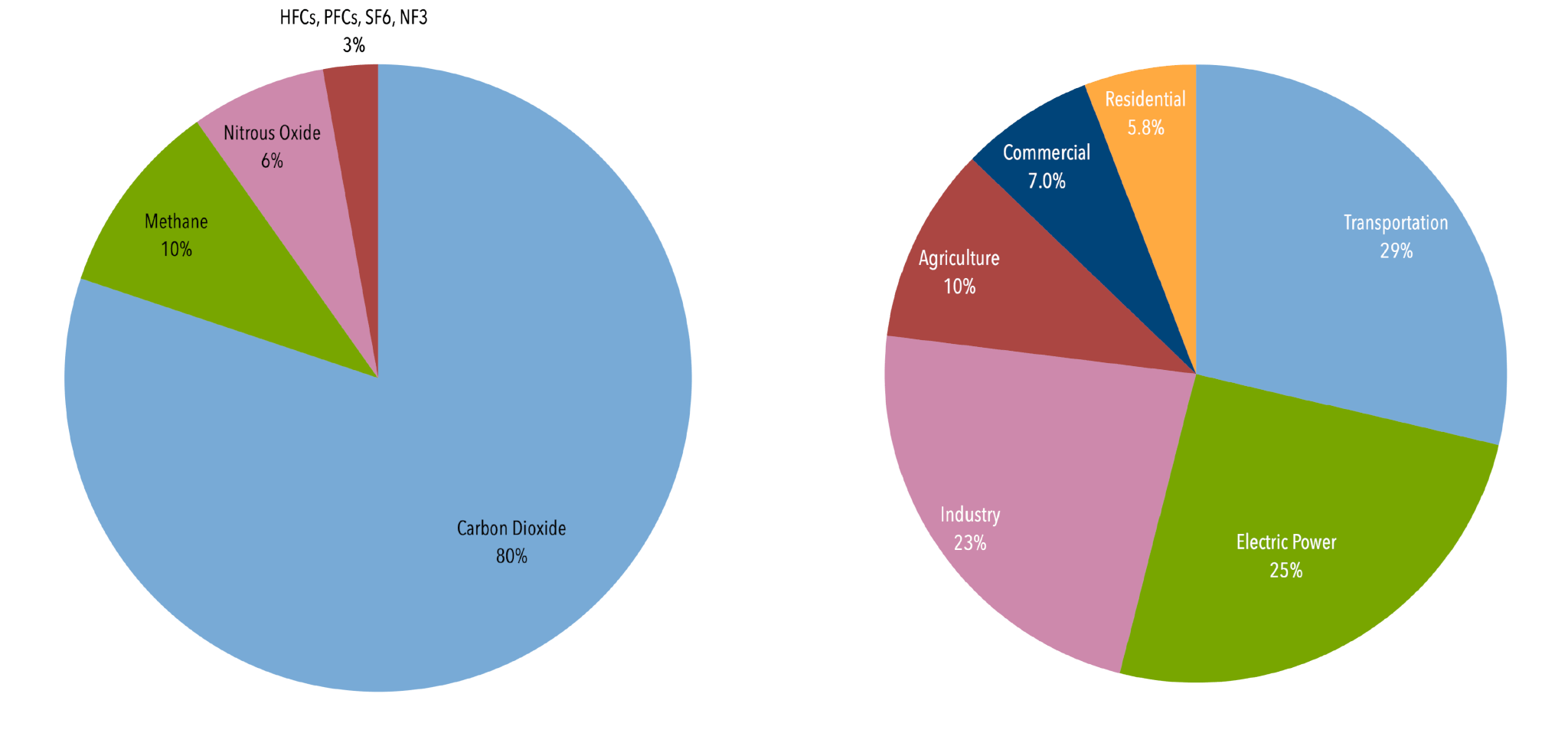



U S Emissions Center For Climate And Energy Solutions




Co2 Emissions United States Statista




Have Greenhouse Gas Emissions From Us Energy Production Peaked State Level Evidence From Six Subsectors V3 Preprints



Greenhouse Gas Emissions By The United States Wikipedia




5 1 U S Greenhouse Gas Emissions From Energy Use 1985 11 Bureau Of Transportation Statistics



Horgan Science Writing Seminar Blog Eliminate 100 Of Us Greenhouse Gas Emissions With One Weird Trick




U S Carbon Dioxide Emissions Fall Again Down 12 Percent From 05 Reason Com




U S Efficiency And Greenhouse Gas Emission Regulations For Model Year 18 27 Heavy Duty Vehicles Engines And Trailers International Council On Clean Transportation




Greenhouse Gas Emissions See Largest Drop Since Wwii Your a Network



Chart Eu And Us Slash Greenhouse Gas Emissions Statista




Sources Of Greenhouse Gas Emissions Greenhouse Gas Ghg Emissions Us Epa
/cdn.vox-cdn.com/uploads/chorus_asset/file/3921962/US_greenhouse_gas_goals.0.png)



Obama S Climate Plan Explained Vox
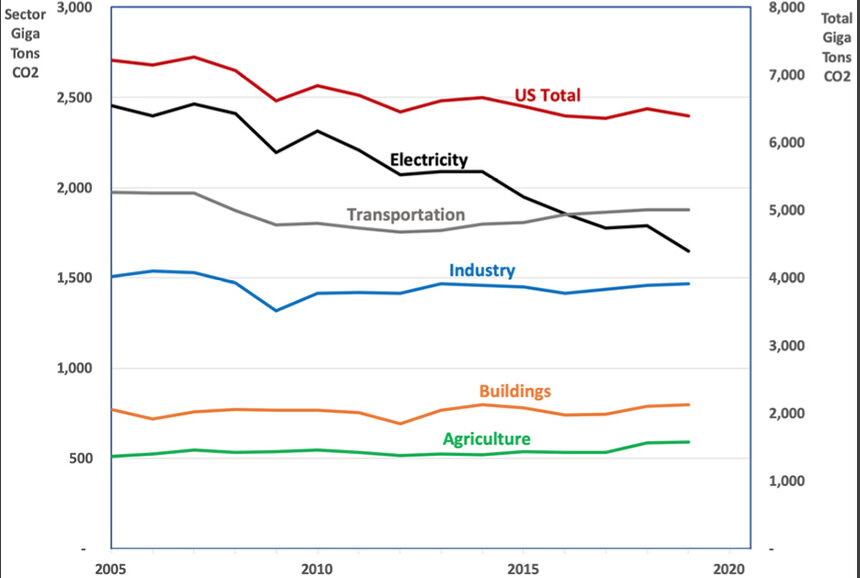



No Progress Made To Reduce U S Greenhouse Gas Emissions Ecori News




2 Greenhouse Gas Emissions In China Usa And Eu 28 From 01 To 13 Download Scientific Diagram




Co2 Emissions United States Statista




Where Are Us Emissions After Four Years Of President Trump




U S Emissions Dropped In 19 Here S Why In 6 Charts Inside Climate News



United States Co2 Country Profile Our World In Data




List Of U S States And Territories By Carbon Dioxide Emissions Wikipedia




What Is The U S Oil Industry Doing About Greenhouse Gas Emissions Dallasfed Org



Epa Us Ghg Fell 0 5 Y O Y In 17 Power Sector Down By 4 2 Transportation Up 1 21 Green Car Congress



1




Preliminary Us Greenhouse Gas Emissions Estimates For Rhodium Group




Climate Change Indicators U S Greenhouse Gas Emissions Climate Change Indicators In The United States Us Epa




The Causes Of The Recent Decrease In Us Greenhouse Gas Emissions Energy Matters



United States Co2 Country Profile Our World In Data




Us And China Strike Deal On Carbon Cuts In Push For Global Climate Change Pact Greenhouse Gas Emissions The Guardian




1 Breakdown Of U S Greenhouse Gas Emissions By Sector And Fuel Type Download Scientific Diagram
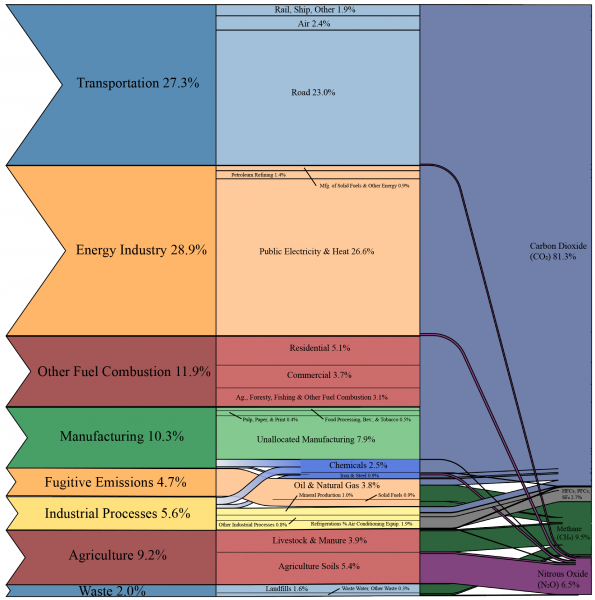



Carbon Footprint Factsheet Center For Sustainable Systems




Latest Epa Data Show U S Greenhouse Gas Emissions At Lowest Levels Since 1992




U S Energy Related Co2 Emissions Expected To Rise Slightly In 18 Remain Flat In 19 Today In Energy U S Energy Information Administration Eia




The U S Is The Biggest Carbon Polluter In History It Just Walked Away From The Paris Climate Deal The New York Times



U S Greenhouse Gas Emissions Flow Chart Visual Ly




Trends In Global Greenhouse Gas Emissions Beaver Revolt



What Sector Emits The Most Greenhouse Gas Annually Quora
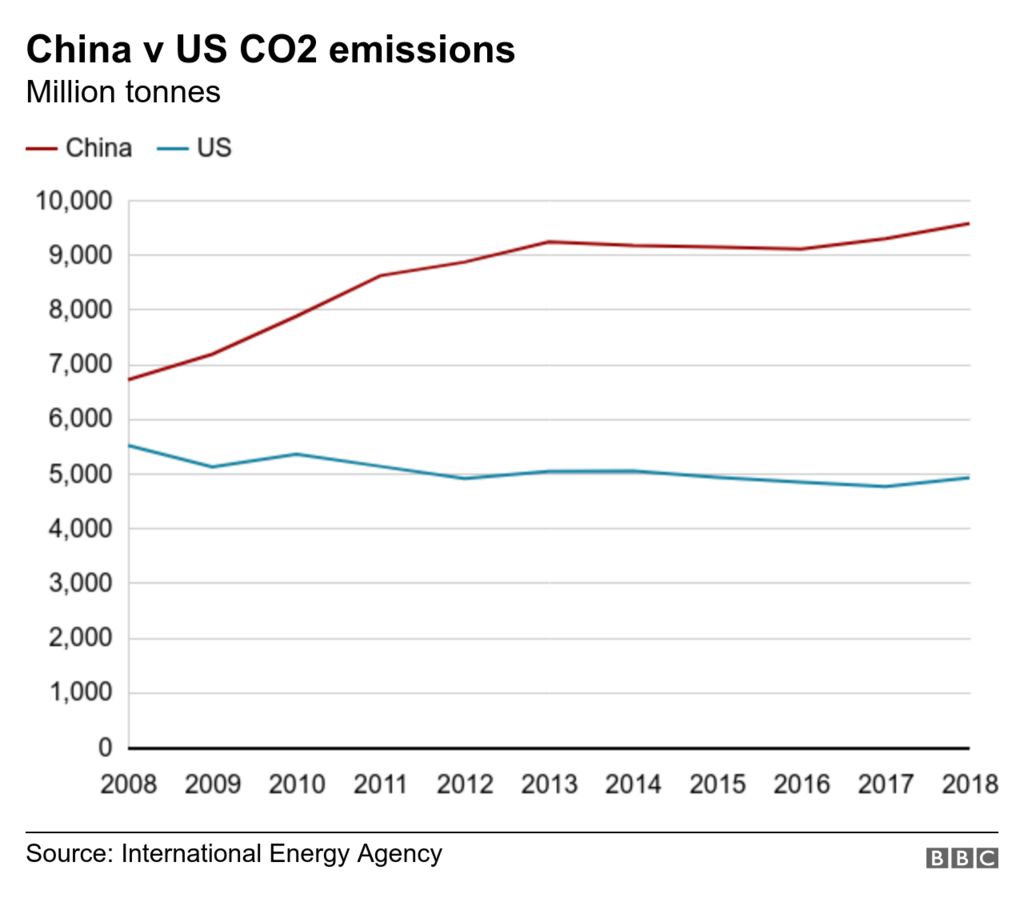



Fact Checking The Us And China On Climate And Environment c News



U S Ghg Emissions Flow Chart Visual Ly
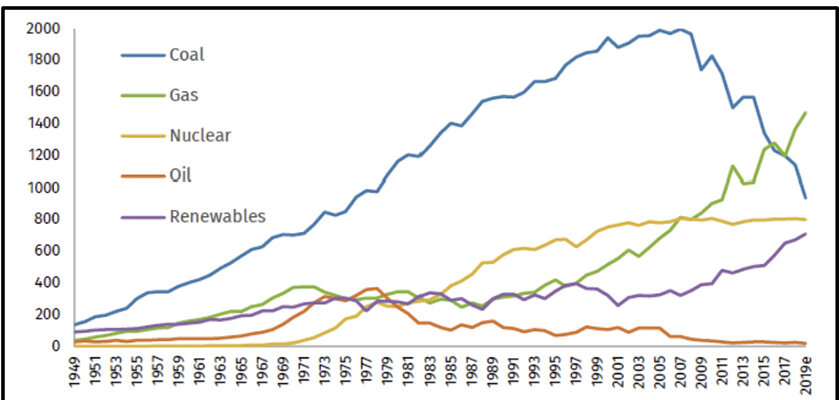



No Progress Made To Reduce U S Greenhouse Gas Emissions Ecori News



Data Highlights 41 U S Carbon Dioxide Emissions Down 11 Percent Since 07 Epi




Climate Change Indicators U S Greenhouse Gas Emissions Us Epa




Climate Change Indicators U S Greenhouse Gas Emissions Us Epa




Fossil Fuels The U S The Past Present And Future The Path Toward A Sustainable Future
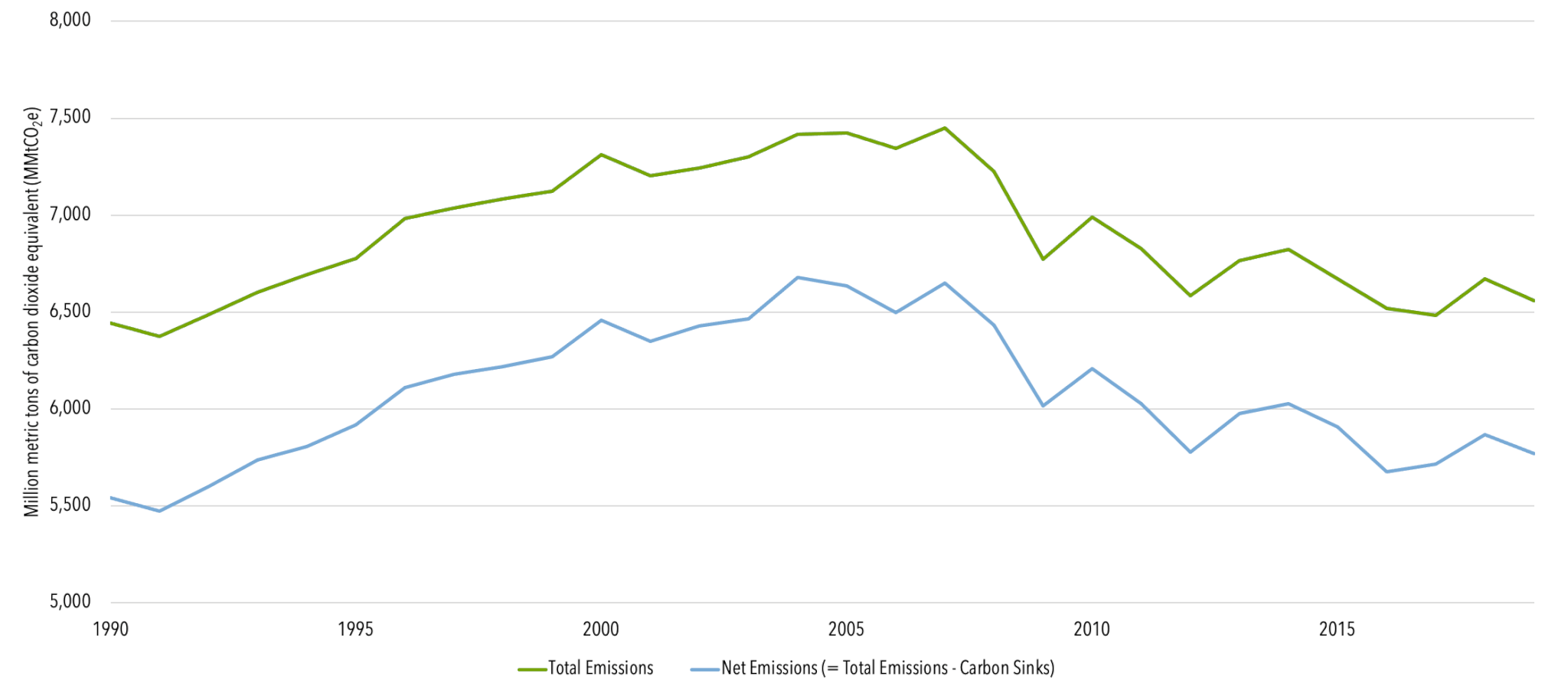



U S Emissions Center For Climate And Energy Solutions




Where Are Us Emissions After Four Years Of President Trump




Mixed Reaction From Oil Natural Gas Industry As Biden Names Top Climate Energy Picks Natural Gas Intelligence



0 件のコメント:
コメントを投稿